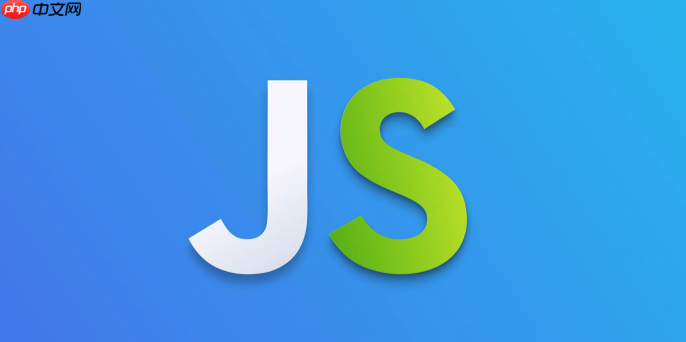类中方法分为实例方法、静态方法和箭头函数属性,this绑定可能丢失,需用bind、箭头函数或包装调用解决,getter/setter可控制属性访问。

在javaScript中,类中的方法定义和this的绑定是理解面向对象编程的关键。es6引入了class语法,让开发者能更清晰地组织代码,但背后的机制仍基于原型和函数执行上下文。
类中定义方法的方式
在js的class中,方法可以直接在类体内定义,无需function关键字:
class Person { constructor(name) { this.name = name; } // 实例方法 greet() { console.log(`Hello, I'm ${this.name}`); } // 静态方法 static info() { console.log('This is a Person class'); } }
上述greet是实例方法,每个实例共享同一个原型上的函数;info是静态方法,属于类本身,通过Person.info()调用。
箭头函数作为类方法
你也可以使用箭头函数定义方法,尤其在需要自动绑定this时:
class Counter { constructor() { this.count = 0; } // 箭头函数自动绑定 this increment = () => { this.count++; console.log(this.count); }; } </font>
这种方式定义的方法不是原型上的,而是实例属性。每次创建实例时都会重新创建函数,占用更多内存,但好处是this始终指向当前实例,避免丢失上下文。
this绑定问题与解决方案
当方法被单独引用时,this可能丢失绑定:
const person = new Person("Alice"); setTimeout(person.greet, 100); // 输出: Hello, I'm undefined
原因是person.greet被当作普通函数调用,this不再指向person。解决方式有三种:
- 使用bind手动绑定:在构造函数中绑定
this - 使用箭头函数属性:如上所述,在类中用
= () => {}定义 - 调用时使用箭头函数包装:
constructor(name) { this.name = name; this.greet = this.greet.bind(this); }
setTimeout(() => person.greet(), 100); // 正常输出
Getter与Setter方法
类还支持访问器属性,用于控制属性读写:
class BankAccount { constructor(balance) { this._balance = balance; } get balance() { return this._balance + '元'; } set balance(amount) { if (amount >= 0) { this._balance = amount; } else { console.error('余额不能为负'); } } }
通过get和set关键字定义的方法,看起来像属性操作,实则执行函数逻辑。
基本上就这些。掌握类中方法的定义方式和this的行为,能有效避免常见错误,写出更稳健的javascript代码。


